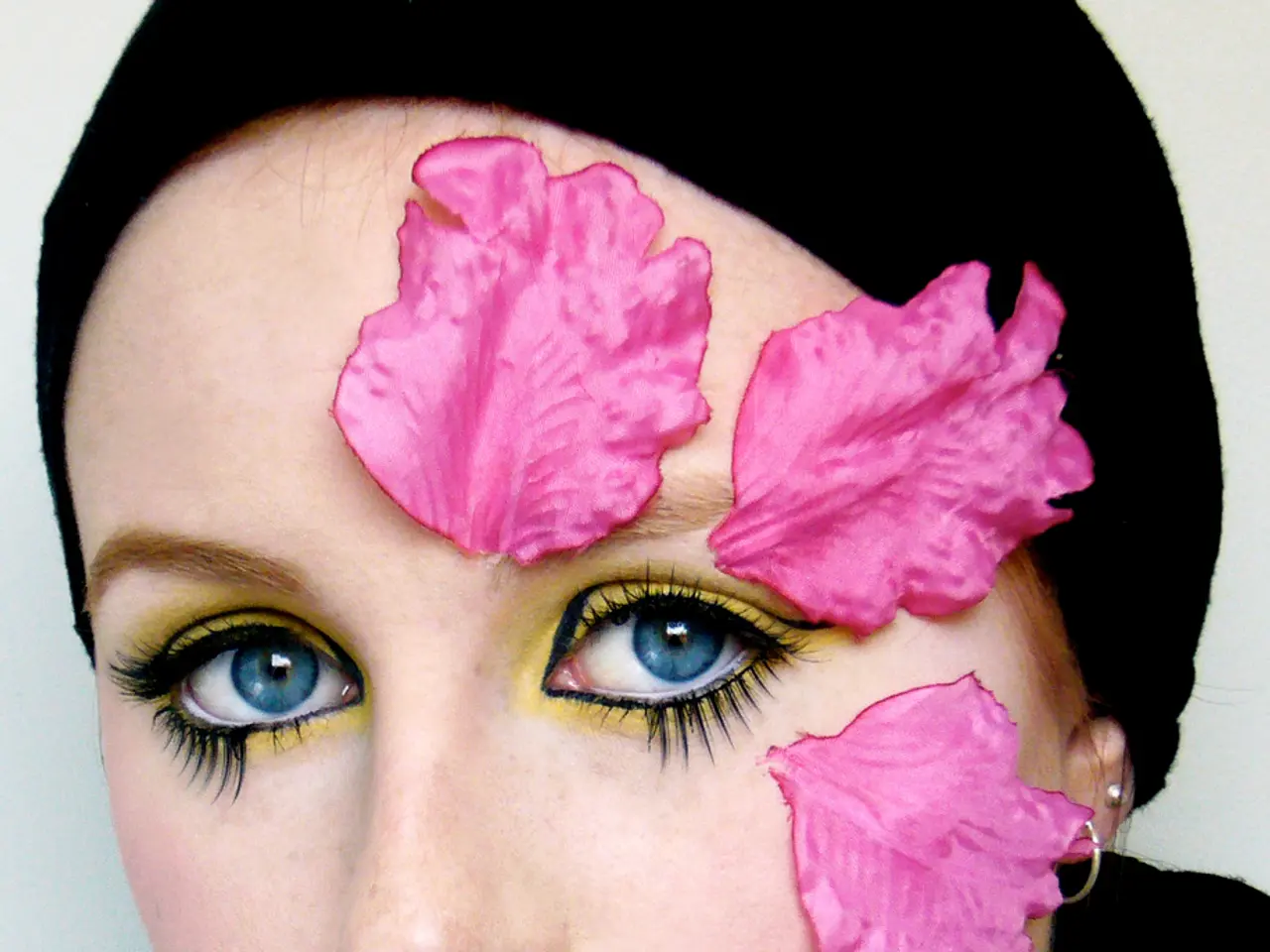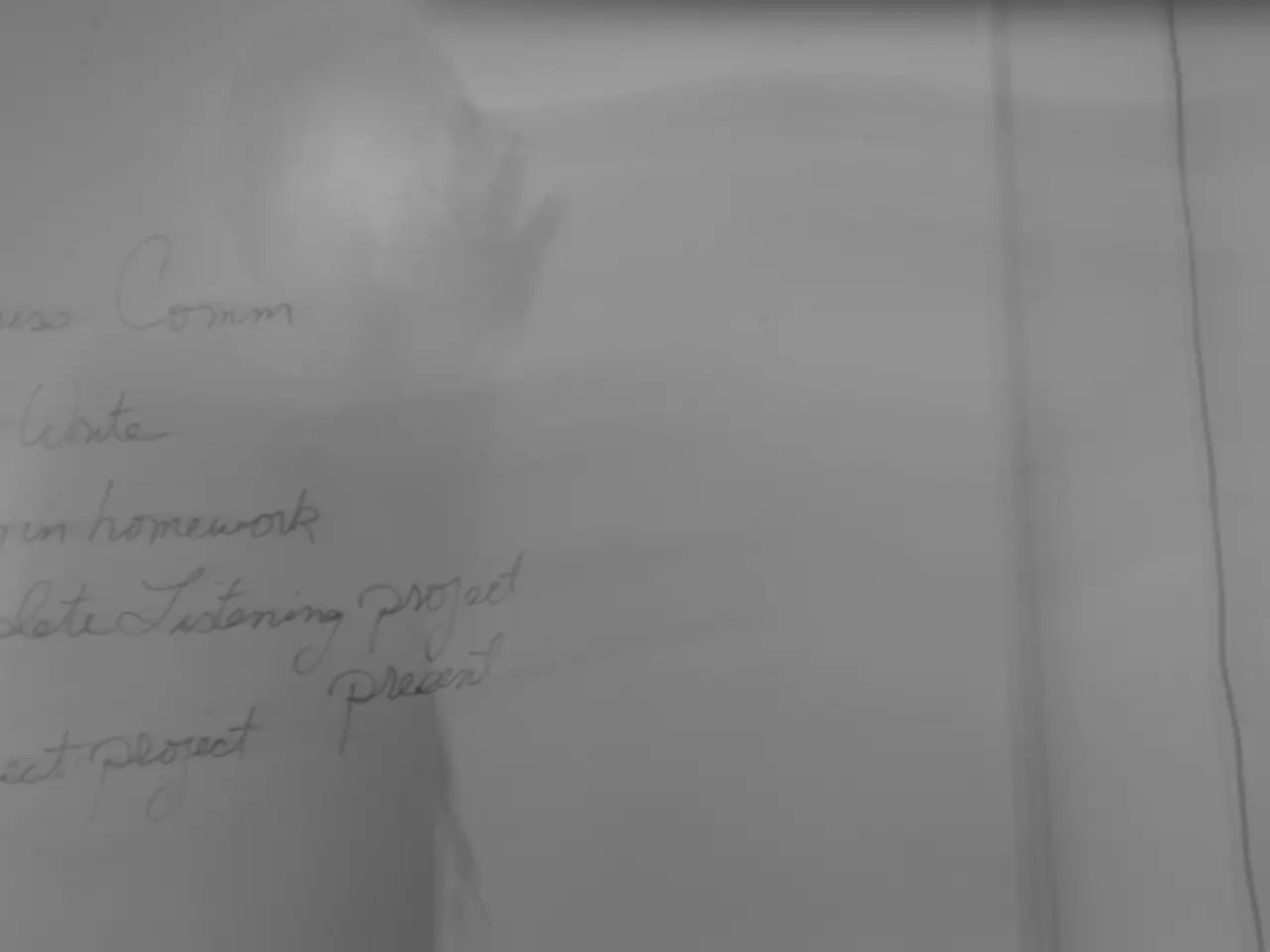Can Sunscreen in Makeup Serve as a Sunscreen Alternative? Opinions from Three Professionals
**Article Title: SPF in Makeup vs. Proper Sunscreen: What's the Difference?**
In the realm of skincare and makeup, the debate between SPF in makeup and proper sunscreen continues to rage. Here, we delve into the key differences to help you make informed choices about your suncare routine.
Firstly, it's essential to understand that makeup products with SPF, such as foundations or tinted moisturizers, should not be considered a substitute for a dedicated sunscreen. One reason for this is coverage and application. Makeup SPF is often applied only to the face and may not cover all exposed areas like the neck and arms[1][2]. Furthermore, the amount of product applied is often too thin to provide adequate protection.
Secondly, the SPF level in makeup is often too low to offer comprehensive protection. For example, a foundation with SPF 15 may not provide enough protection compared to a broad-spectrum sunscreen with SPF 30 or higher[1][4].
Thirdly, makeup with SPF does not account for the need to reapply sunscreen every two hours for continued protection. This can be challenging when wearing makeup, as reapplication can disturb the makeup[2].
Fourthly, not all SPF makeup products provide broad-spectrum protection against both UVA and UVB rays, which is crucial for preventing premature aging and skin damage[3]. UVA rays are present all year round and can penetrate through glass and cloud, making it important to choose products that offer broad-spectrum protection.
However, SPF in makeup can still play a role in your suncare routine. It can provide some level of protection, especially for incidental sun exposure. A smart SPF spray can set your base in place and be used for top-ups on sweaty summer days. In fact, Samantha Brett, founder of Naked Sundays, built her brand due to the benefits of layering makeup with SPF.
It's also worth noting that SPF is increasingly found in makeup products, including bronzers, blushers, and highlighters. These can be helpful for touch-ups or days spent indoors with added protection.
In conclusion, while makeup with SPF can provide some level of protection, it should not replace the use of a dedicated broad-spectrum sunscreen. Always apply sunscreen under your makeup for optimal protection. Proper suncare requires a dedicated sunscreen with broad-spectrum protection, applied as the final step in skincare before makeup. Using gentle pressing motions with fingers or a sponge to apply makeup over SPF helps avoid patchy protection. Remember, the amount of SPF in makeup is not typically applied in the lab-recommended quantity of 2ml per cm2 of skin, so it's crucial to supplement with a dedicated sunscreen for comprehensive protection.
[1] Tinted sunscreens offer more protection than a tinted moisturiser with SPF. [2] Using SPF in makeup as the only source of sun protection is not sufficient. [3] SPF makeup often lacks sufficient UVA filters compared to dedicated sunscreens. [4] Makeup with SPF has no guarantee of efficacy over time, unlike dedicated sunscreens. [5] Most dedicated sunscreens have a shelf life of 12 months once opened, but it could be less for a foundation. [6] SPF in makeup helps boost total daily protection when paired with a base layer of dedicated sunscreen. [7] Perk up your skin with blush drops containing mineral filters and no white cast. [8] SPF sunscreen toppings with a spray or powder can help stay protected without redoing the entire face. [9] Waiting a few minutes after applying SPF before applying makeup helps maintain its coverage. [10] Using gentle pressing motions with fingers or a sponge to apply makeup over SPF helps avoid patchy protection. [11] UVA rays are present all year round and can penetrate through glass and cloud. [12] Broad-spectrum protection means the product protects against both UVB and UVA rays.
- The debate between SPF in makeup and proper sunscreen highlights the importance of understanding that makeup SPF is not a substitute for a dedicated sunscreen.
- One disadvantage of relying on makeup SPF is that it may not provide coverage for all exposed areas, such as the neck and arms.
- Furthermore, the SPF level in makeup is often too low to offer comprehensive protection, with a foundation with SPF 15 potentially providing less protection compared to a broad-spectrum sunscreen with SPF 30 or higher.
- Another issue is that makeup with SPF does not account for the need to reapply sunscreen every two hours, as reapplication can disturb makeup.
- Lastly, not all SPF makeup products offer broad-spectrum protection against both UVA and UVB rays, which is crucial for preventing premature aging and skin damage.




